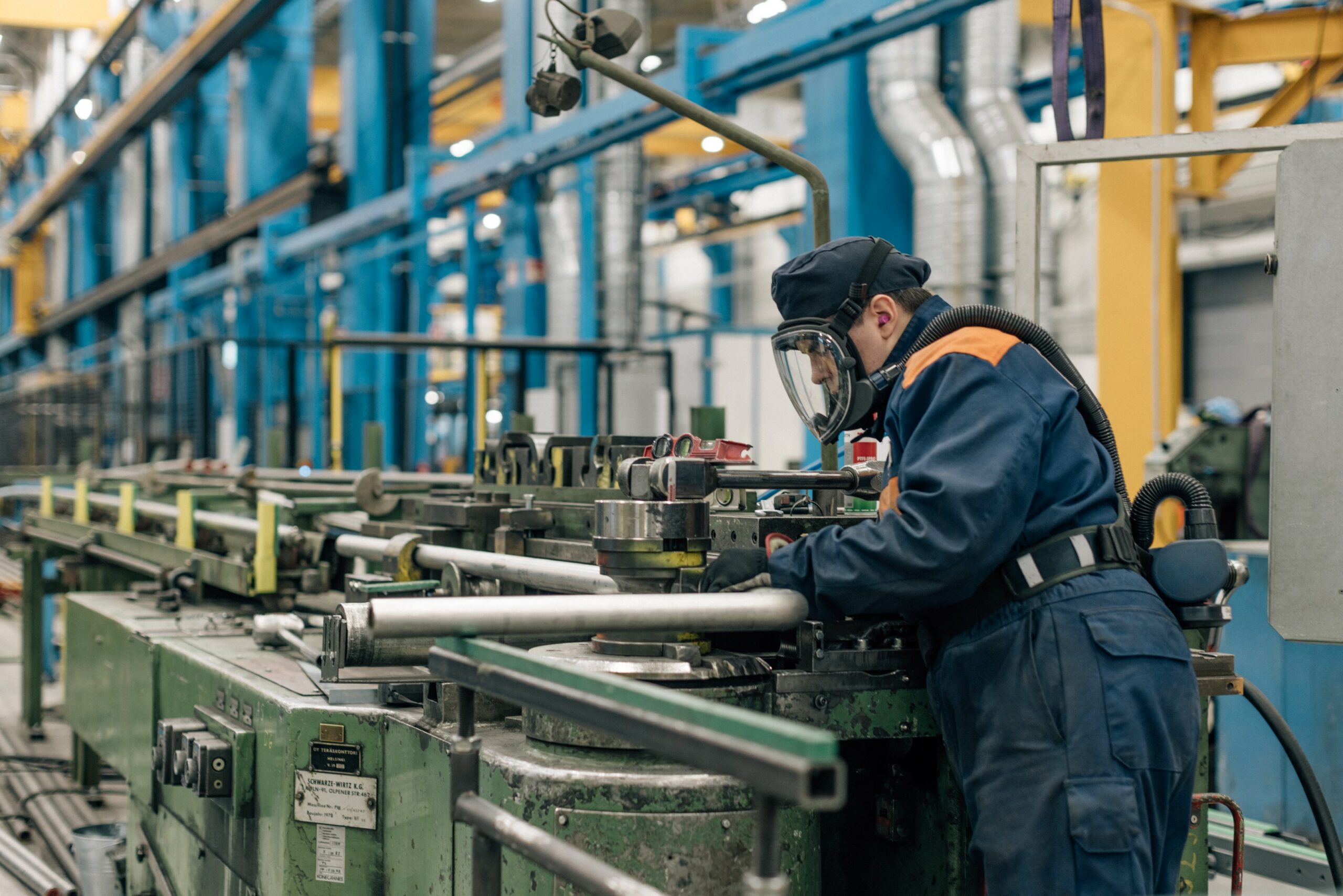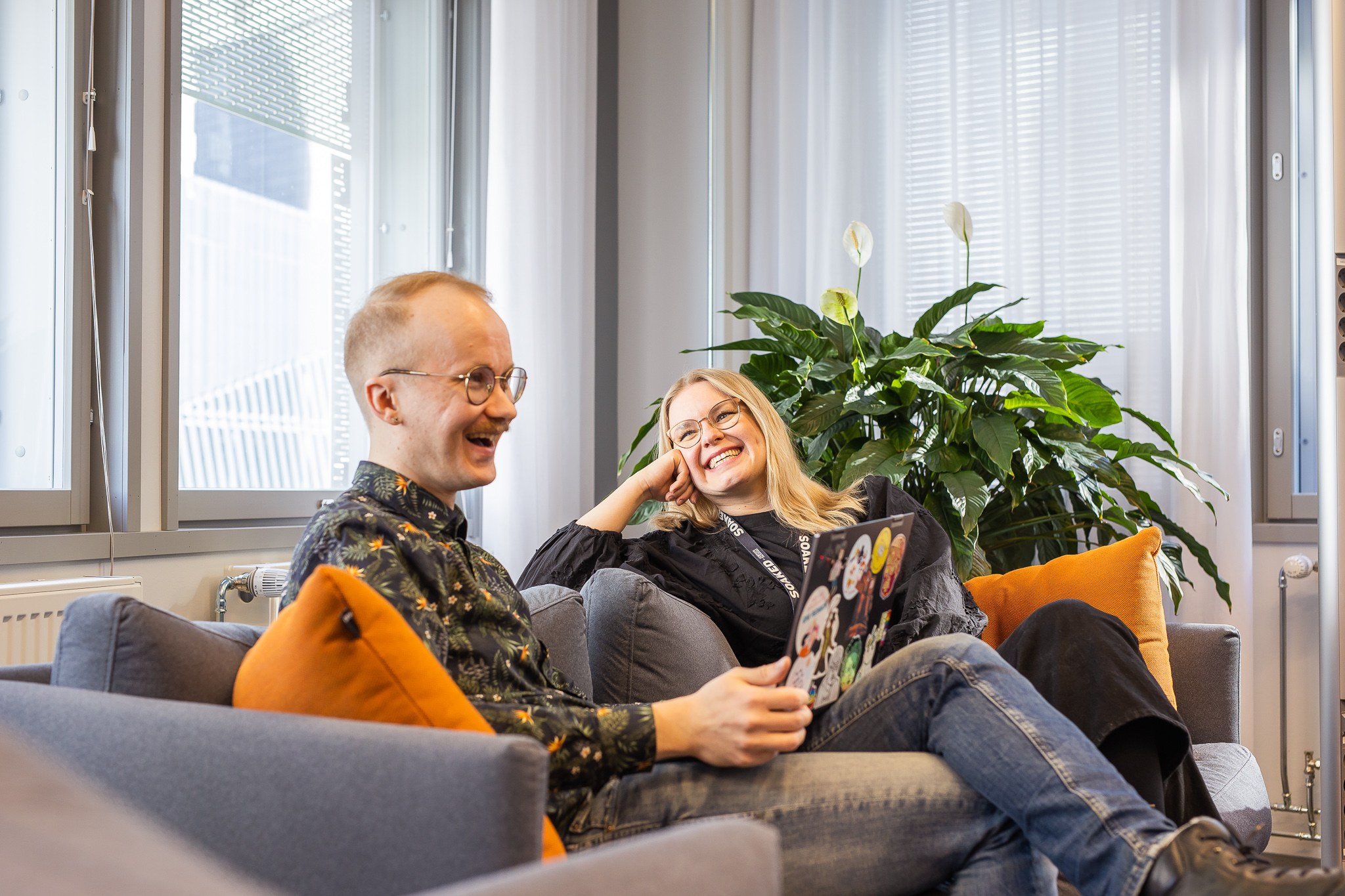Traditionally, information technology (IT) and operational technology (OT) have been separate domains with distinct functions and technologies. IT/OT convergence is a phenomenon in Intelligent industry, where IT and OT domains come closer to each other by dissolving the line between traditional IT and manufacturing technologies. IT/OT convergence enables organisations to leverage technology more effectively, improve operational efficiency, enable innovation, and remain competitive in today’s digital age.
Merging two different worlds
Traditionally IT function has provided the IT infrastructure and focused on data, IT systems and software, while OT has owned the management and control of physical processes and devices. It is not uncommon that IT functions are not familiar with the manufacturing operations and processes. Typically, the two functions do not share common targets and KPIs. Additionally, the culture between IT and OT environments is very different, and teams have very little experience in working together, and are not aware of the expertise available.
This may lead to lack of visibility, overlapping processes and operations, and most importantly inefficiencies and missed opportunities for innovation and improvement. As the complexity of the system architecture grows, risks increase, data flows are not secured, and shadow processes are created. Like McKinsey points out, these two environments have totally different architectures and protocols because they have focused on solving different challenges.
Modern IT culture is flexible and dynamic, and embraces rapid changes, innovation and adaptation of the latest technologies. The culture in OT is more focused on reliability, safety and efficiency. Changes are implemented more cautiously, and primary goal is to ensure smooth, efficient and safe operation of physical processes.
Our management consultants help you to form a clear picture of your current situation, define your future goals and build operational models that steer your organisation towards success.
Why should companies pay attention to IT/OT convergence?
Industrial companies are driven towards IT/OT convergence by increased demands for efficiency, automation, and security, as well as inevitable modernisation of systems. Traditional industry is faced with the need to modernise, digitalise and re-think their end to end processes in order to maintain competitiveness and operate more cost-effectively.
- Efficiency: By connecting IT technologies (like data analytics, cloud computing and cyber security) with OT systems (such as industrial control systems and manufacturing equipment), companies can automate tasks, reduce manual intervention, and optimise operations.
- Cost reduction: With converged systems, companies can better manage resources, predict maintenance needs, and make data-driven decisions that optimize spending.
- Enhanced insights: As identified key data flows from operational environments to company leadership, data-driven decision making and leadership is better enabled.
- Innovation and agility: IT/OT convergence facilitates innovation and most importantly creates a scalable foundation. This allows developing new services, products and business models. By leveraging technologies like IoT (Internet of Things), AI (Artificial Intelligence), and advanced analytics, companies can create connected, intelligent systems that adapt to changing market demands and deliver greater value to customers.
- Security: By implementing integrated security measures across both domains, companies can better protect critical assets, detect and respond to threats more effectively, and ensure compliance with regulatory requirements.
- Competitive advantage: Companies can gain a competitive edge by improving operational efficiency, accelerating innovation, and delivering superior products and services to customers.
Overall, IT/OT convergence is essential for companies looking to stay competitive, drive efficiency, and innovate in today’s increasingly digital and interconnected business landscape.
We see this transformation strongly concerns people, processes and technology, and change needs to happen also on the human side. It is pivotal, that IT/OT convergence is understood and supported by top management of the organisation, and that there is a strategy in place to realize the opportunities. Impactful development is driven by business needs.
Technical side of the change
Targets to work towards include architectural simplicity, dataflows of key data, and security. A development roadmap based on IT/OT vision and business goals, and current state analysis will guide the renewal.
Using Edge Computing to address latency and bandwidth issues in OT environments, edge computing capabilities are integrated with cloud solutions. This allows data processing to occur closer to the data source, ensuring timely and efficient operations. To enable tailored innovation owned by businesses, a solid cross-organisation foundation is needed to secure scalability, interoperability and security. It is important to consider the governance model of different systems, as well as ownership of data.
Human side of the change
Different natures of operations, levels of maturity and readiness for digital transformation may cause resistance to change and create distrust, unless the people-side of the change is acknowledged and planned. Dissimilarities in established methods can create gap in expectations and willingness to adopt new approaches and systems. Furthermore, IT and OT may not trust each other’s expertise or intentions, leading to suspicion and scepticism about the benefits and risks of convergence.
From the very beginning it is key to begin the with the why. Top management of both IT and OT sides need to create and share a common vision of wanted outcomes and benefits. They are the messengers that need to sponsor the change throughout the convergence. By bringing the stakeholders from both IT and OT side to create a common plan, it is possible to get the change going: understand what needs to change, what is needed from different units, teams and roles and eventually – what are the new ways of thinking and behaving to get the business benefits out of IT and OT integration.



